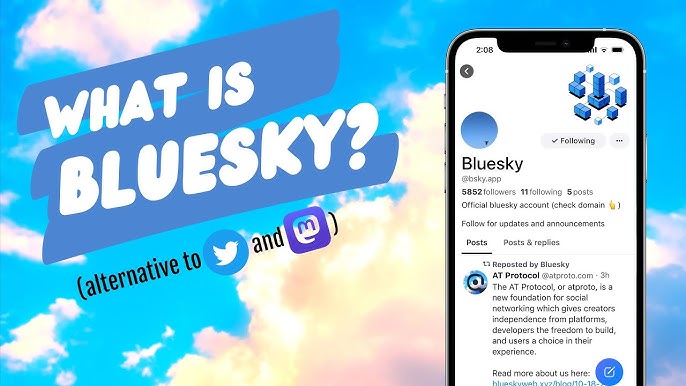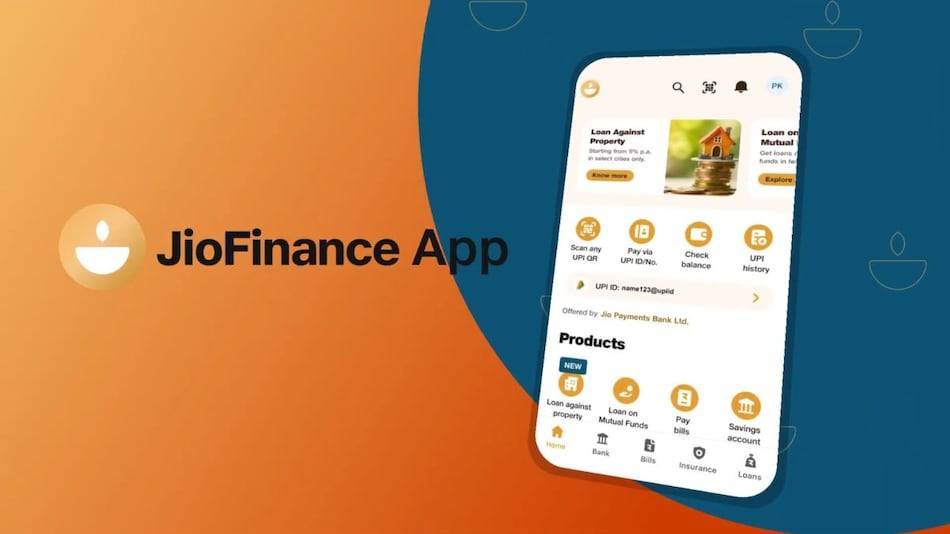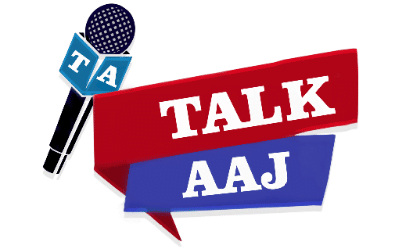Bluesky: The Future of Decentralized Social Media
What is Bluesky?
As of November 16, 2024, Bluesky is making headlines as a rapidly growing social media platform. It is gaining millions of users every day. This surge comes as people look for alternatives to Elon Musk’s X, formerly known as Twitter. Bluesky is different because it is decentralized. This means users have more control over their data and accounts.Bluesky was created by Jack Dorsey, the co-founder of Twitter. He started working on this project in 2019 while still at Twitter. The goal was to create a new type of social media that allows users to own their content and data. Today, Bluesky is independent and operates under its own rules.
Why is Bluesky Popular?
Bluesky has become popular for several reasons:
- Decentralization: Users can host their data on different servers. This gives them more control compared to traditional platforms like X.
- User Growth: The platform is currently adding about one million new users each day. In just one week, it gained 2.5 million new users.
- Familiar Interface: Many users find the interface similar to Twitter. They can post updates, reply to others, and share content easily.
- Community Focus: Bluesky encourages community moderation. This means that users can help manage the content on the platform.
How Does Bluesky Work?
When you join Bluesky, you create a username that looks like this: @username.bsky.social. You can also use your own domain name if you prefer. This feature allows users to verify their identity and maintain ownership of their usernames.The platform allows you to:
- Post updates up to 256 characters long.
- Share photos and videos.
- Like and repost other users’ content.
- Follow friends and discover new people through personalized feeds.
Bluesky offers three main feeds:
- Following Feed: Shows updates from people you follow.
- Discover Feed: Displays trending content based on your interests.
- Popular With Friends Feed: Highlights popular posts among your friends.
The Technology Behind Bluesky
Bluesky uses a technology called the AT Protocol. This open-source framework allows developers outside of Bluesky to create their own applications using the same system. This means that if someone builds a new app with AT Protocol, Bluesky users can use it too without losing their data or followers.This approach promotes transparency and innovation in social media. Users can choose where they want to interact online without being locked into one platform.
User Experience on Bluesky
Using Bluesky feels familiar for anyone who has used Twitter before. Here are some key features:
- Posting Content: Users can easily create posts using a plus button on the app.
- Engagement Options: You can reply to posts, like them, or share them with others.
- Search Functionality: You can search for specific topics or people to follow.
- Content Moderation: Users can report inappropriate content or block accounts they do not want to see.
SEE ALSO | Discover the Future of Search with Perplexity AI: Real-Time Accuracy & Flexibility
Who is Using Bluesky?
Bluesky has attracted a variety of users, including public figures and organizations looking for a new space to communicate freely. Some notable early adopters include:
- Authors like Neil Gaiman
- Politicians such as Alexandria Ocasio-Cortez
These figures are drawn to the platform’s promise of user control and community engagement.
Challenges Facing Bluesky
Despite its rapid growth, Bluesky faces challenges:
- Competition from Established Platforms: X still has a much larger user base with over 317 million monthly active users compared to Bluesky’s 16 million.
- User Trust Issues: As with any new platform, gaining user trust takes time. Some may be hesitant to switch from familiar platforms.
- Technical Limitations: Currently, Bluesky is only available on desktop and iPhone apps, with Android access still in development.
Bluesky vs. Twitter: A Comparison
| Feature | Bluesky | |
|---|---|---|
| Ownership | Decentralized | Centralized |
| Data Privacy | User-controlled | Company-controlled |
| Ads | No ads | Ad-supported |
| Algorithm Control | User customizable | Controlled by Twitter |
Future of Bluesky
Looking ahead, Bluesky aims to continue expanding its user base and features. The team plans to enhance the app’s functionality and improve accessibility across different devices.As more people seek alternatives to traditional social media platforms, Bluesky’s focus on decentralization may provide a unique solution for those concerned about data privacy and control.
How Bluesky Differs from Traditional Platforms
Bluesky is different from platforms like Twitter, Facebook, and Instagram. Here’s how:
- Control Over Algorithms:
Users decide how they want to view content. They can prioritize posts from friends, topics they like, or a mix of both. - No Ads:
Bluesky avoids intrusive advertising. This is refreshing for users tired of targeted ads. - Community Moderation:
Bluesky allows communities to set their own rules. This creates a safe space for users with shared interests. - Transparency:
The platform is open-source. Developers can create apps and tools, improving the ecosystem.
Bluesky represents a significant shift in how social media can operate. With its decentralized approach and user-friendly interface, it offers an exciting alternative for those looking for more control over their online presence. As it continues to grow and evolve, many will be watching closely to see how it shapes the future of social media.
FAQs About Bluesky
Q1: What is Bluesky?
Bluesky is a decentralized social media platform focusing on privacy and user control.
Q2: How is Bluesky different from Twitter?
Bluesky uses an open protocol, giving users more control over data and algorithms.
Q3: Is Bluesky free to use?
Yes, Bluesky is free, with no hidden charges.
Q4: Can anyone join Bluesky?
Currently, you need an invite. Public access will be available soon.
Q5: Is Bluesky safe?
Yes, Bluesky uses encryption to secure data and conversations.
(Read the Latest News of the Country and the World first on TalkAaj (Talk Today), follow us on Facebook, Twitter, Instagram and Youtube)










